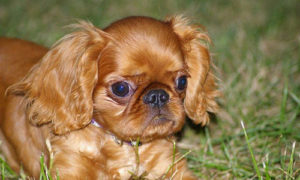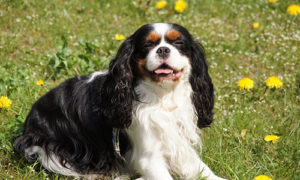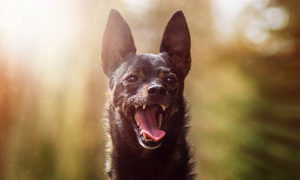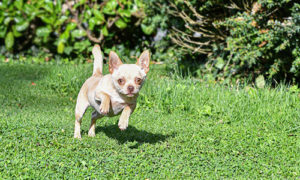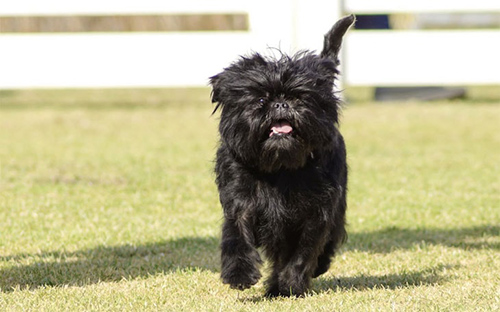
The Affenpinscher is a breed that was named perfectly. The meaning of “Affen” is a monkey, while Pinscher is another name for a terrier. In fact, the French have a nickname for this little terrier, and it is “diablotin moustachu,” which means mustached little devil. Looking at this dog, you can tell that the nickname fits. Not much is known about its history as this is one of the oldest toy breeds.
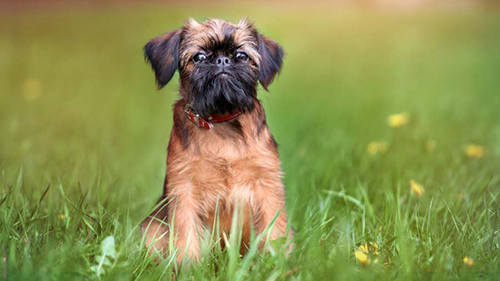
Experts think that the Affenpinscher genealogy goes back to the fifteenth century because of the breed’s paintings by old Dutch Masters. Unfortunately, that is the only evidence of the breed’s past available to us at the time.
During the seventeenth century, there was no shortage of talented terriers developed to hunt rats. They were mostly used to rid kitchens and barns of the terrible rodents. Also, a smaller version of the Affenpinscher was used as a lady’s lapdog, which was also able to kill mice in the home and keep its owner’s laps warm, all the while keeping the household amused with their frolics.
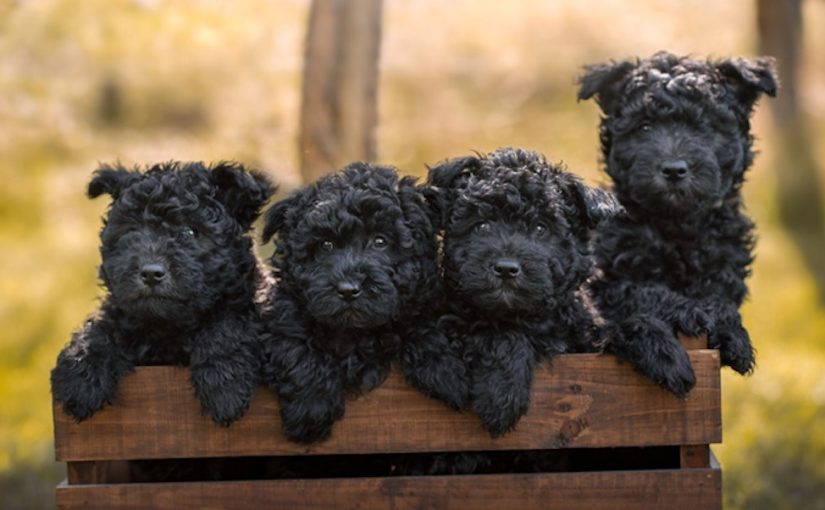
The Affenpinscher we know today is a direct descendant of the smaller version aforementioned. However, it was later refined by sporadic crosses with the German Pinscher, Pug, and the German Silky Pinscher. In turn, this miniature terrier became the forebearer of other wire-coated toys like the Brussels Griffon.
The Affenpinscher was very popular in Germany, which can lay claim as its place of origin. The AKC recognized the breed in 1936; however, the breed’s popularity took a hit during World War II. After the war, the breed still managed to stay rare even in its most popular areas, including the United States and Germany.
Affenpinscher Breed Facts
Temperament: This is a dog that lives up to its nickname of the monkey dog or terrier in both looks and ability. It is definitely a terrier at heart that’s busy, stubborn, bold, and inquisitive.
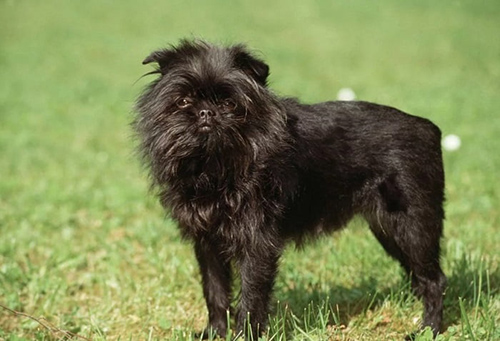
It is also a funny dog that’s going to keep the family amused because of its propensity to monkey around. In addition, they’re playful and mischievous.
This breed is a barker and climber. The Affenpinscher relatively gets along well with other dogs and pets, unlike many other terriers. The family that loves to be entertained with a good sense of humor will love this dog.
Upkeep: This is an energetic dog; however, its exercise needs can be met with vigorous indoor play, romps in the backyard, or thirty minutes to an hour walks on the leash. Its harsh wiry coat will need to be combed 2 or 3 times per week, in addition to a shaping every 3 months. Shaping for pets is by clipping, whereas show dogs require stripping.
Group: The Affenpinscher is recognized as a member of the AKC and UK Toy Group
Color: This breed comes in the colors black, gray, red, silver, black and tan, or beige; with or without a black mask.
- Life expectancy: 12 – 14 years
- Weight: 7 – 9 pounds
- Height: 10 – 12 inches
- Popularity: Rear
- Origin: Germany
- Date of origin: Fifteenth century
- Function: Hunt rats and mice
- Current function: Companion and lapdog
- Other names: Monkey dog
Health Problems
The Affenpinscher has no major health problems. However, there are a few minor ones, such as patellar luxation, corneal ulcers, PDA, open fontanel, respiratory difficulties, and Legg-Calvé-Perthes.
Affenpinscher Characteristics
This dog is square-proportioned, solid and tough, with medium bone. Although it is a smaller version of the work terriers, it is by no means a pushover. They’re active, tough, and agile enough to catch and kill rats and mice. It carries itself with a light, confident, and sound gait.
The Affenpinscher possesses a monkey-like expression with the long eyebrows and beard to go along. It has a rough coat that’s about an inch long on the body, while longer on the neck, head, legs, chest, and stomach. This type of coat is essential for protection against rodents as well as harsh conditions.

